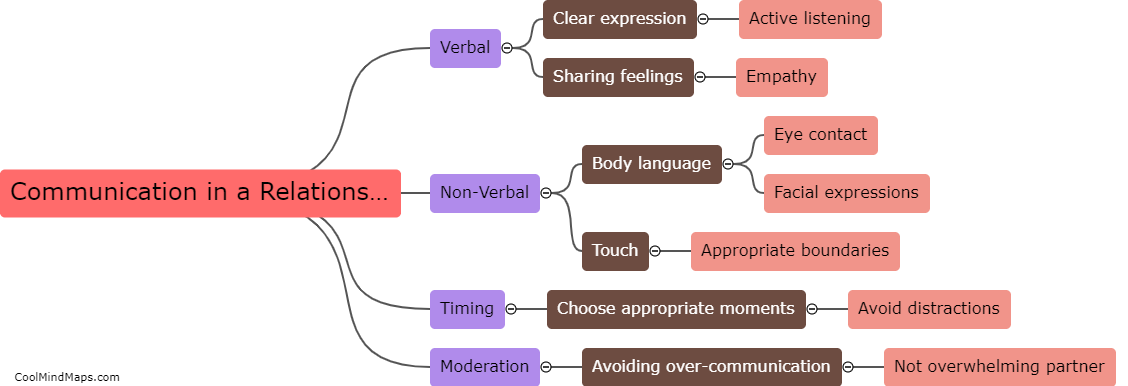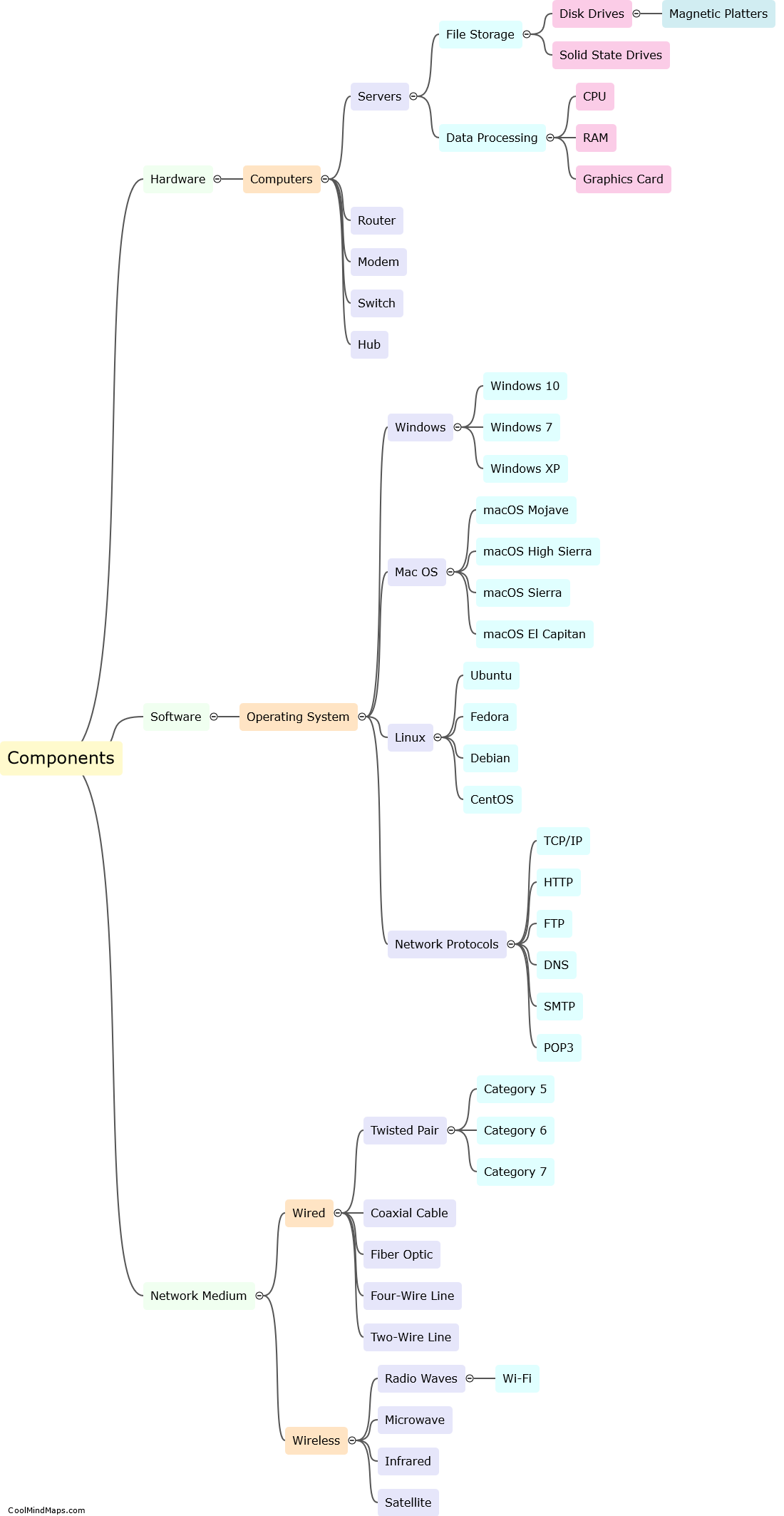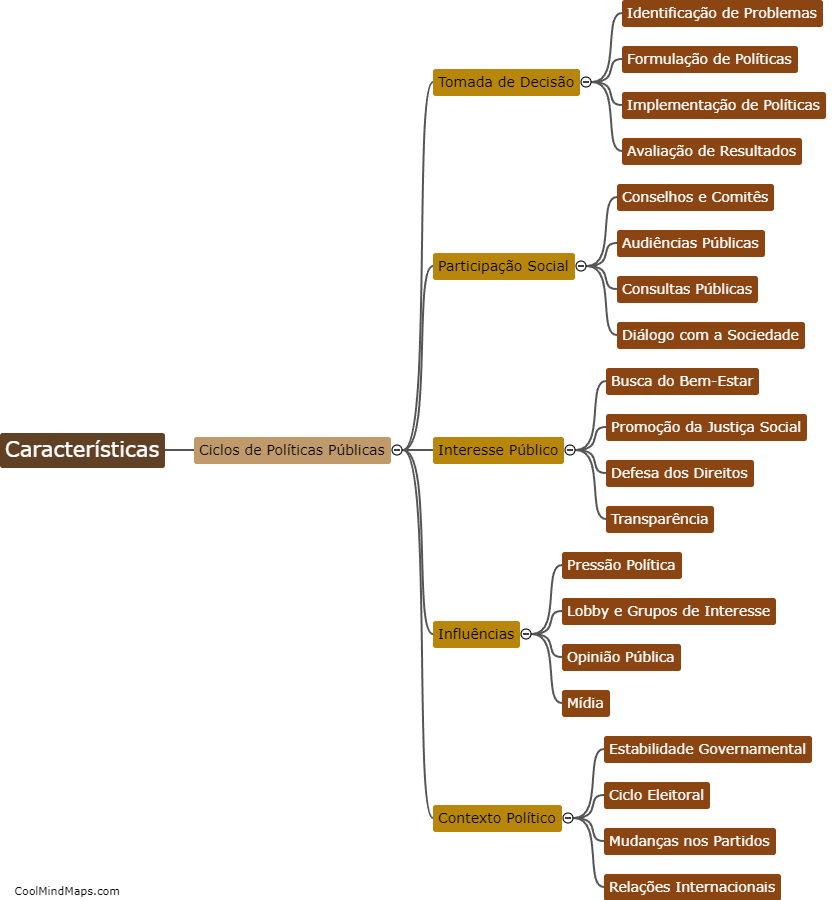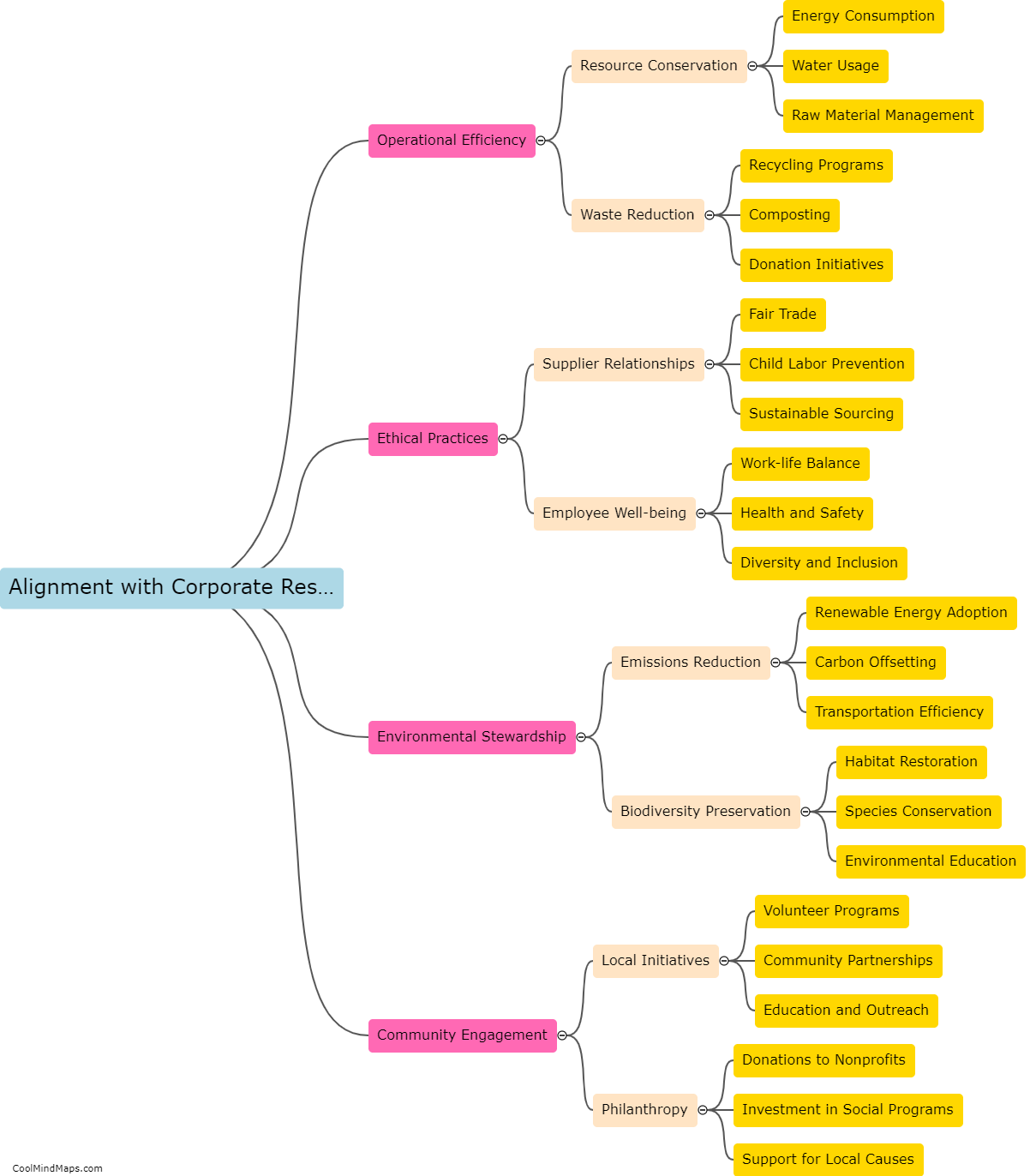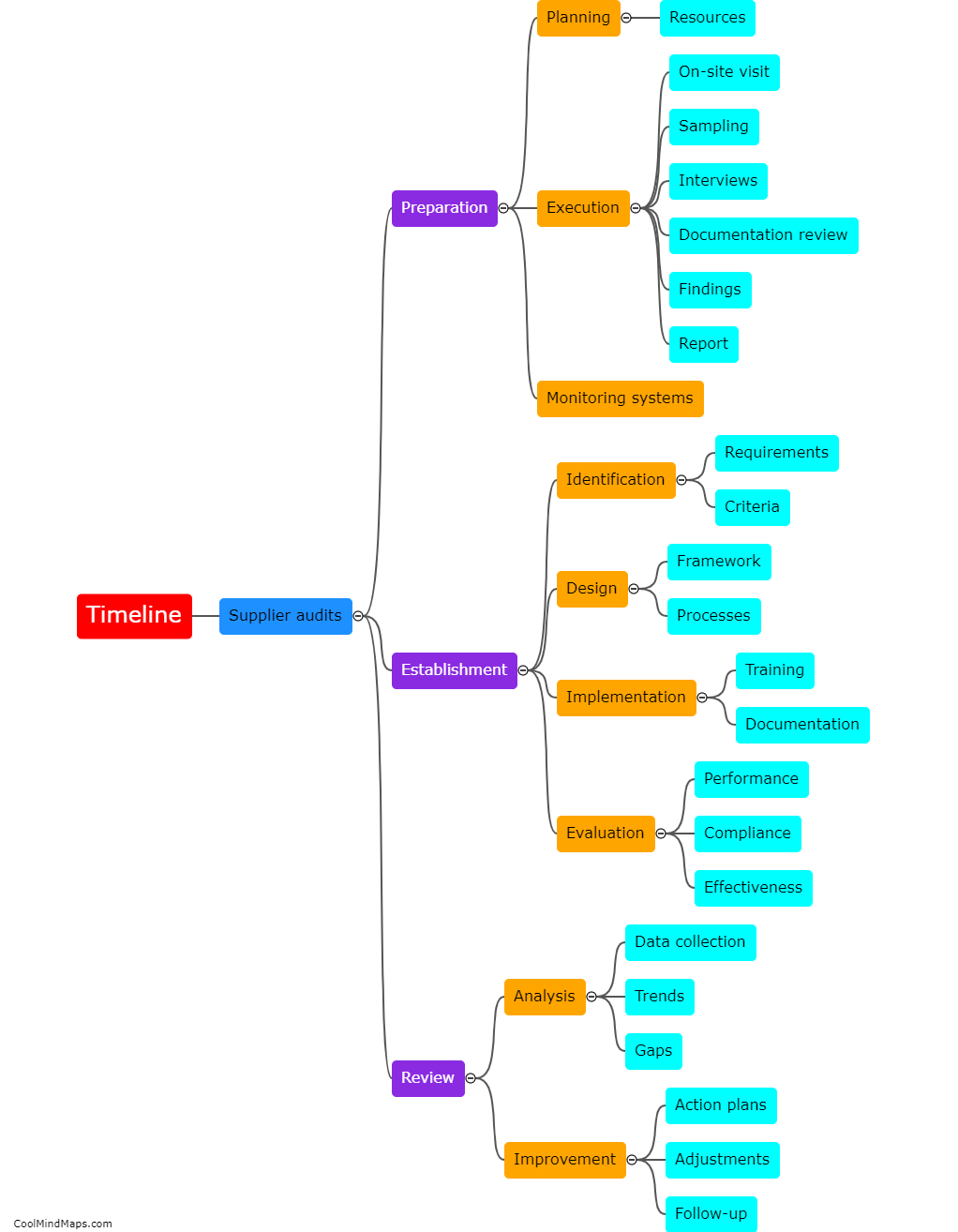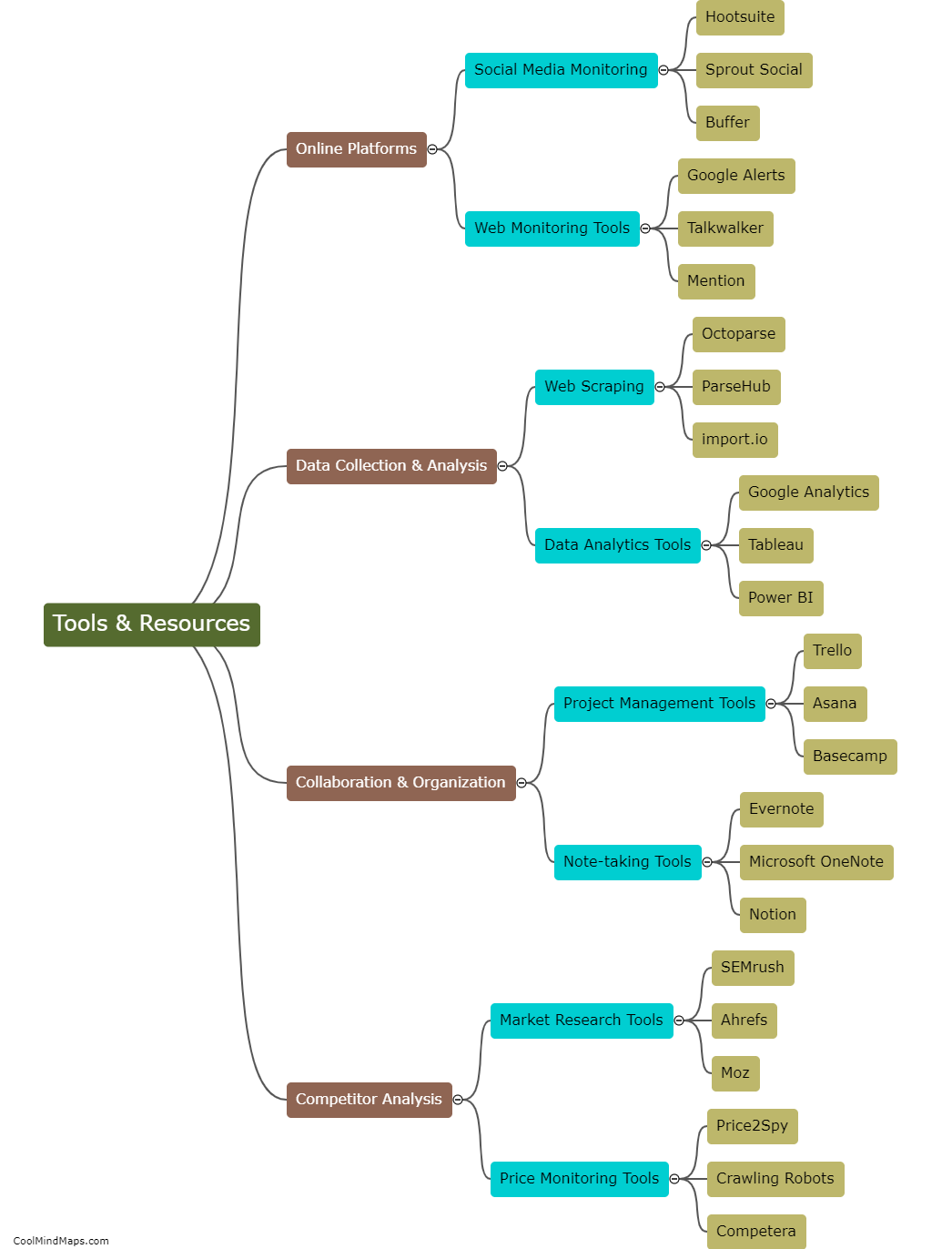How does DSM-5 classify and diagnose mental disorders?
The DSM-5, which stands for the Diagnostic and Statistical Manual of Mental Disorders, is a classification system widely used by mental health professionals to diagnose and classify mental disorders. It provides a detailed framework consisting of specific criteria for each disorder, enabling clinicians to make accurate and consistent diagnoses. DSM-5 incorporates a multi-axial classification system that assesses different aspects of an individual's mental health, including clinical syndromes, personality disorders, medical conditions, psychosocial factors, and global assessment functionality. It emphasizes the importance of a comprehensive biopsychosocial approach, considering the biological, psychological, and environmental factors influencing the development and manifestation of mental disorders. Through its diagnostic guidelines, the DSM-5 aims to improve the reliability and validity of mental disorder diagnoses, facilitating effective treatment planning and research endeavors in the field of mental health.

This mind map was published on 8 February 2024 and has been viewed 93 times.


